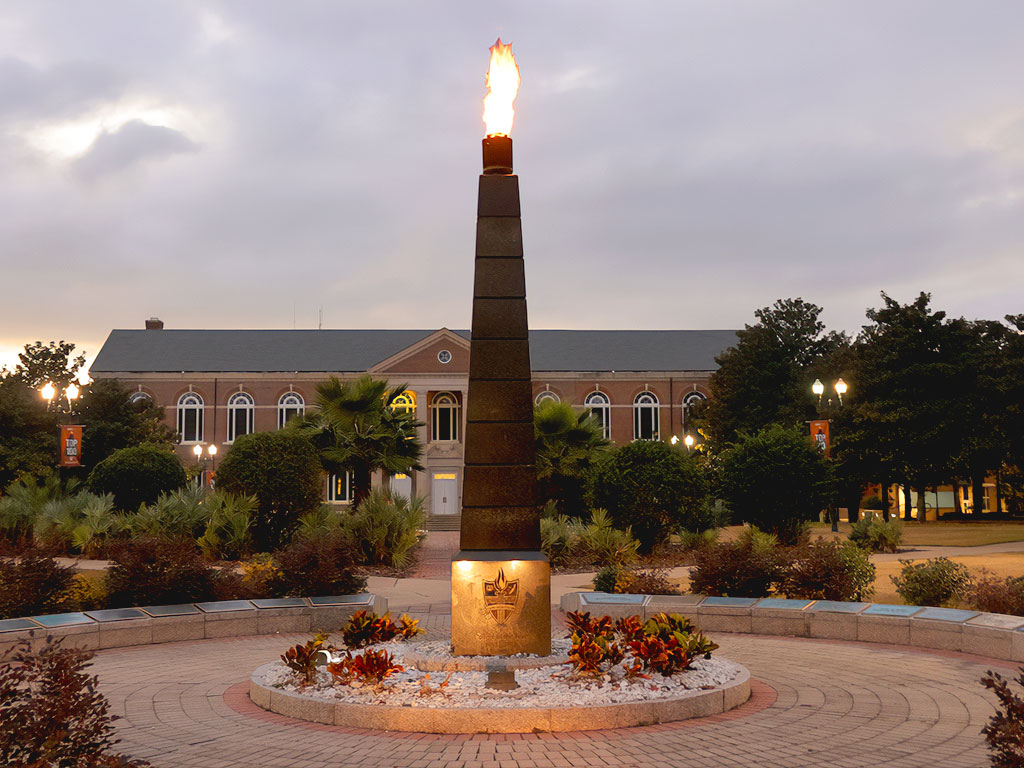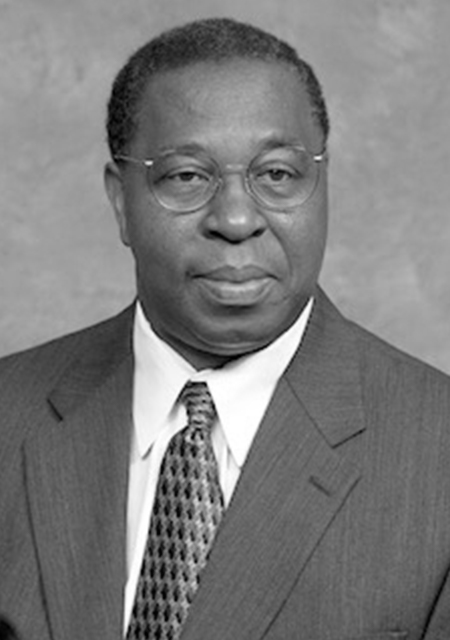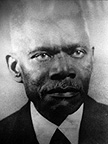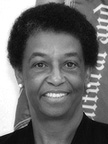Presidents of FAMU
Meet the individuals who laid the foundation
FAMU Presidents
Meet the individuals who laid the foundation
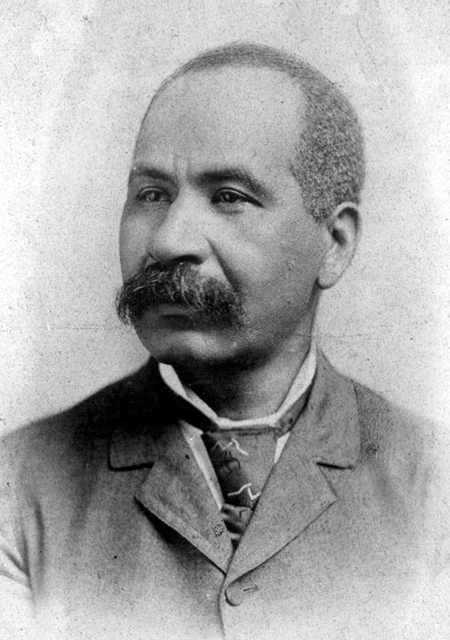
1887-1901 Thomas D. Tucker
Learn More!in 1884 a bill to establish a school for African Americans in Jacksonville was passed, however, the state decided to relocate the school for African Americans to Tallahassee. FAMU was founded on October 3, 1887. It began classes with 15 students and 2 instructors. Thomas DeSaille Tucker (1887-1901), an attorney from Pensacola, was chosen to be the first president. Former State Representative Gibbs joined Mr. Tucker as the second faculty member.
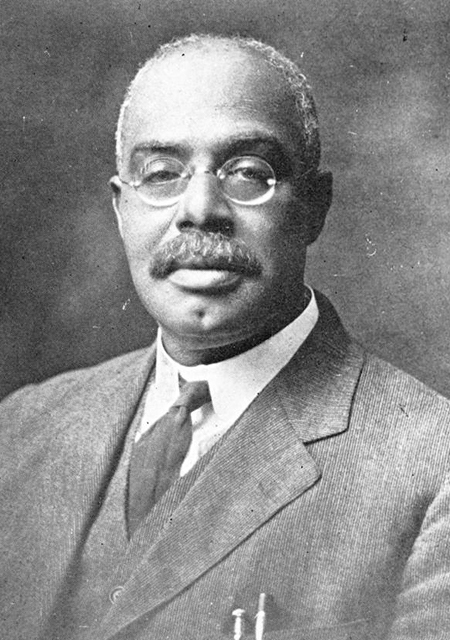
1901-1923 | Nathan B. Young
Learn More!Following his career as a teacher, Nathan B. Young (1901-1923) became the second president of Florida A&M University. President Young directed the growth of the College to a four-year degree-granting institution, despite limited resources, offering the Bachelor of Science degree in education, science, home economics, agriculture and mechanical arts.
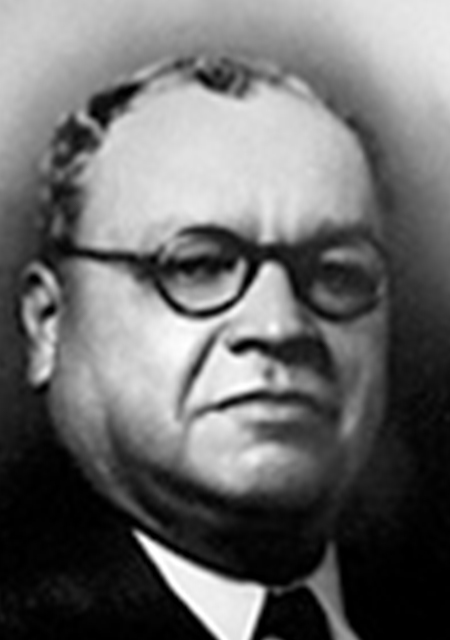
1924-1944 | J.R.E. Lee
Learn More!Served as the third President of Florida Agricultural & Mechanical University. By the end of Lee's tenure, "FAMU had constructed 48 buildings, 396 acres of land, 812 students and 122 staff members."
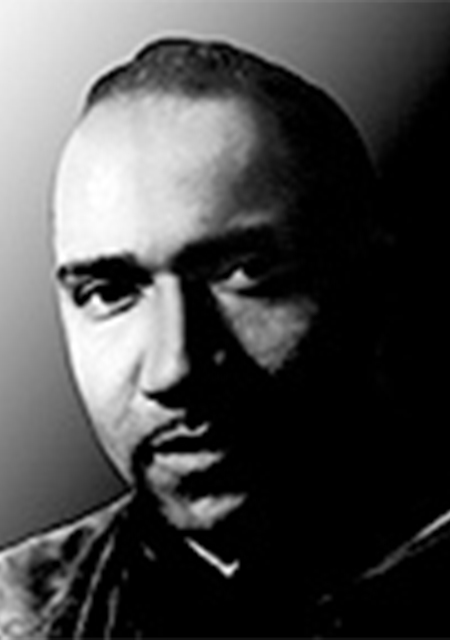
1944-1949 | William H. Gray
Learn More!Under the guidance of William H. Gray, Jr. [1944-1949], expansion, along with reorganization, continued; the College obtained an Army ROTC unit, and student enrollment grew to more than 2,000.
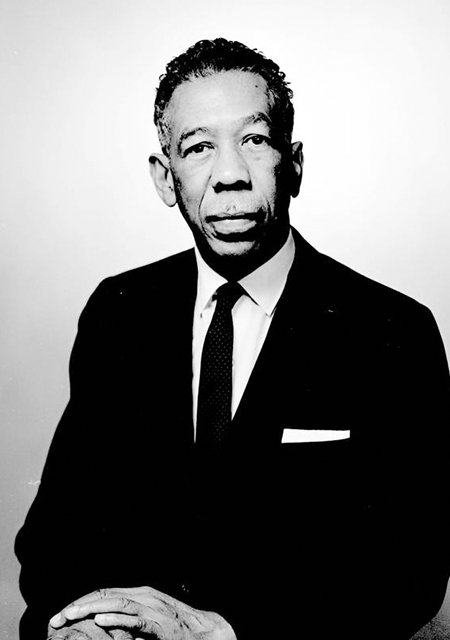
1950-1968 | George W. Gore
FAMU's second longest serving president after John Robert Edward (J.R.E) Lee. He oversaw the institution's transition from Florida A&M College (FAMCEE) to Florida A&M University and resisted an encouraged merge with Florida State University. The Gore Education Complex at FAMU, and the nearby street, Gore Avenue, are named for him.
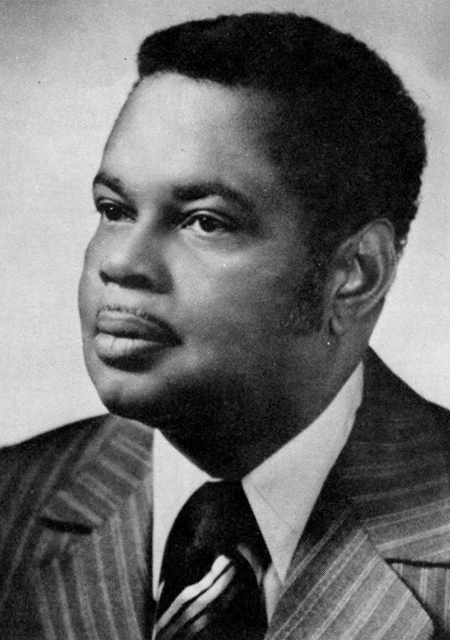
1968-1977 | Benjamin L. Perry
The period following the turbulent ’60s brought unprecedented growth to the University. At a time when federal laws were demanding desegregation, Dr. Benjamin L. Perry Jr. (1968-1977) was credited with preserving the autonomy of FAMU. In 1971, FAMU was recognized as a full partner in the nine-university, public higher education system of Florida.
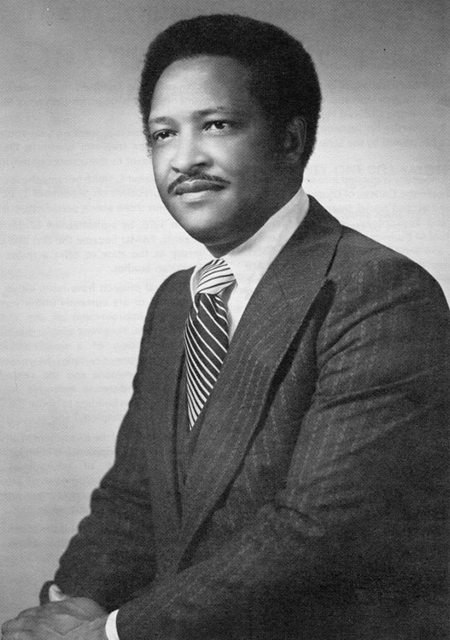
1977-1985 | Walter L. Smith
Learn More!Notable achievements during Smith’s eight-year tenure at FAMU include the addition of undergraduate and graduate studies; the expansion of the Black Archives; several new and improved facilities, a boost in sports, the expansion of Bragg Memorial Stadium, and reaccreditation of the several professional education programs.
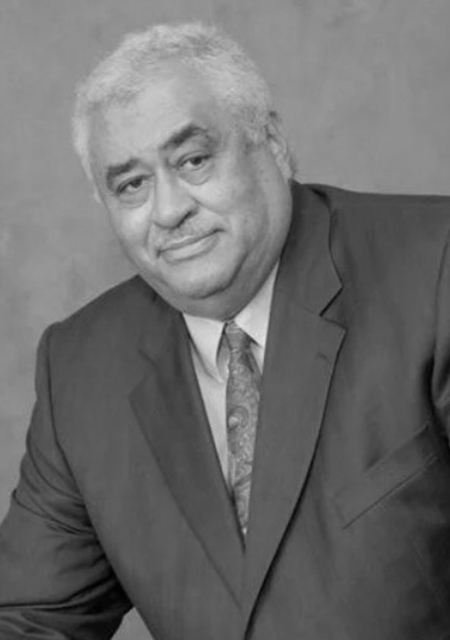
1985-2001 | Frederick S. Humphries
Learn More!In 1985, Dr. Frederick S. Humphries became the eighth president of FAMU. The Humphries Years were heralded as a time of unprecedented expansion and achievement. During Humphries’ tenure, enrollment soared from 5,100 (1985) to 9,551 (1992). The crowning achievement of his tenure was FAMU’s selection as the first TIME Magazine/Princeton Review “College of the Year” in 1997.
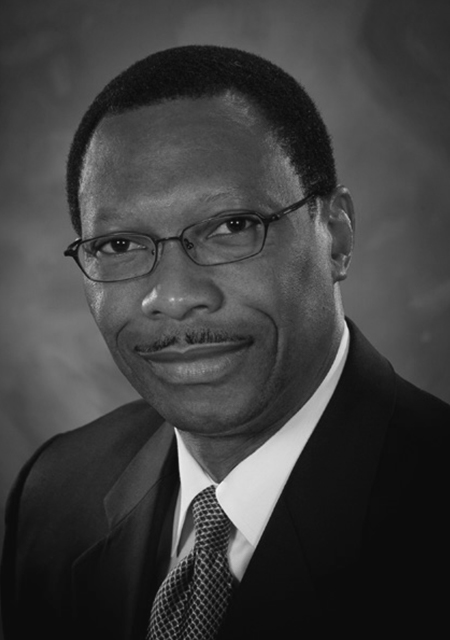
2007-2012 | James H. Ammons
On July 2, 2007, Dr. James H. Ammons, became the 10th president of FAMU. Prior to his appointment, he served as Chancellor of North Carolina Central University from 2001 through 2006 and as provost and vice president for Academic Affairs at FAMU. While provost at FAMU, he developed more than 22 bachelor’s, master’s and Ph.D., degree programs, and he worked to reestablish the FAMU College of Law.
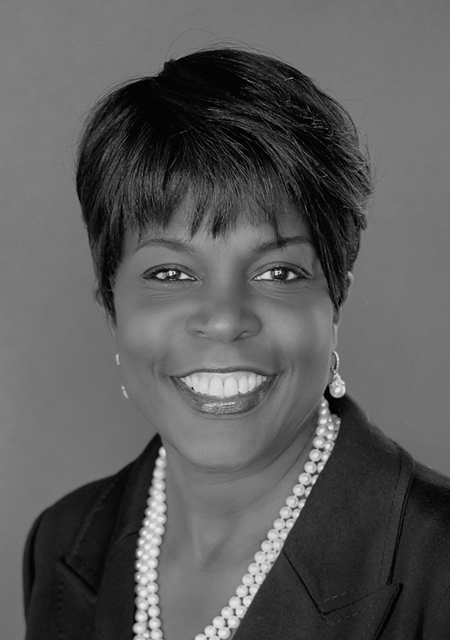
2014 - 2016 | Elmira Mangum

2017- 2024 | Larry Robinson
Learn More!Dr. Larry Robinson was named the 12th president of FAMU on Nov. 30, 2017. Under Dr. Robinson, FAMU continues to thrive and has implemented new recruitment and retention strategies, strengthened FAMU's academic programs, and secured several multimillion-dollar grants and partnerships.Interim President July 2012 - March 2014 | Sept. 2016 - Oct. 2017

2025, Aug 1 - Present | Marva Johnson
Learn More!The Florida A&M University Board of Trustees announced Marva Johnson, J.D., as the 13th President, effective August 1, 2025. A distinguished leader in both the telecommunications industry and public education policy, Johnson is committed to enhancing FAMU’s legacy as a top-tier HBCU and its rise in research, academic achievement, and social impact.




